
All categories
Featured selections
Trade Assurance
Buyer Central
Help Center
Get the app
Become a supplier

(1981 products available)






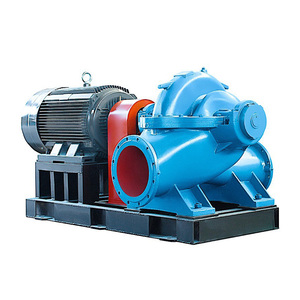

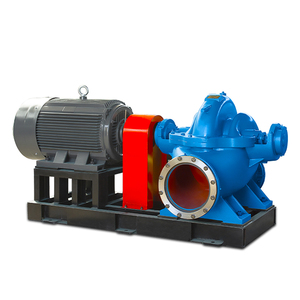




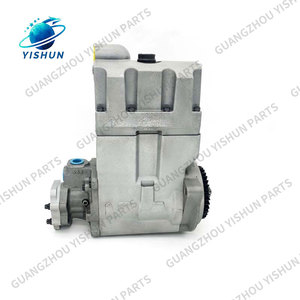











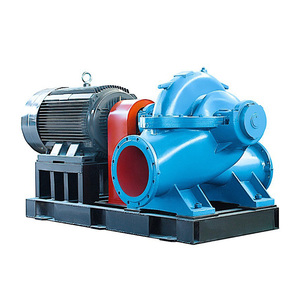
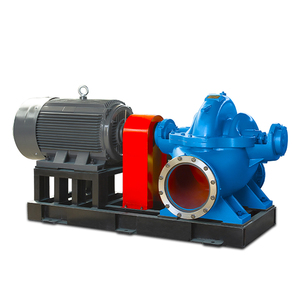


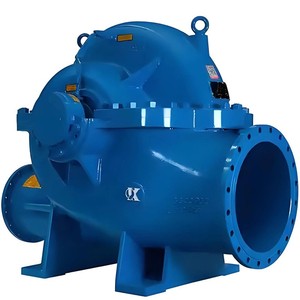
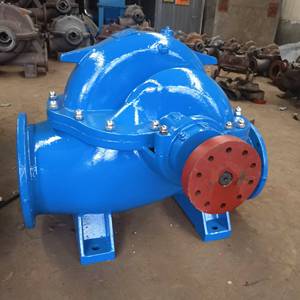


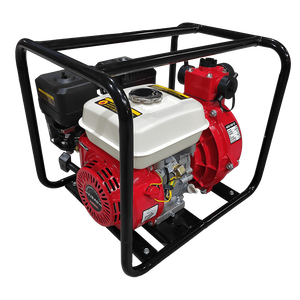


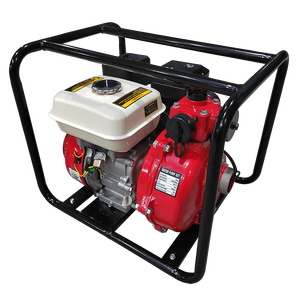






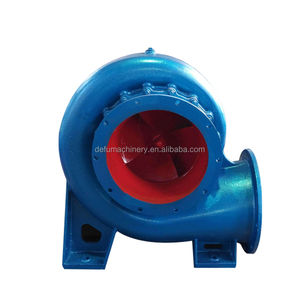






There are several types of high flow rate diesel pumps with different flow rates available for various applications. The pumps are categorized based on their construction and operational features. They include:
Gear pumps:
High flow diesel gear pumps utilize two interlocking gears that rotate in opposite directions within a casing. The gears create suction on the inlet side as they rotate, drawing liquid into the pump. Liquid is then expelled on the outlet side as the gears' teeth mesh, forcing the liquid to flow in a continuous stream. The pumping action is made possible by the housing that traps the gears to provide a precise clearance between the gears and the casing. The small clearance minimizes flow loss, ensuring efficient pumping.
Vane pumps:
High-flow diesel vane pumps have vanes mounted on a rotor that rotates within a cylindrical cavity. The eccentric rotation of the rotor causes the vanes to slide in and out of the slots due to centrifugal force. As the rotor turns, the expanding cavities between the vanes and the pump wall create a vacuum, drawing fluid into the pump. On the opposite side, the decreasing cavities push the fluid out. The sliding action of the vanes in their slots helps maintain a relatively constant flow. As a result, high-flow diesel vane pumps are suitable for applications that require a steady flow rate and moderate pressure.
Peristaltic pumps:
High-flow peristaltic pumps have one or more rollers or shoes that revolve on a track around the outside of a tube. The rollers repeatedly compress a portion of the tube as they rotate, creating a pulsating wave. This action pushes the fluid in a bolus through the lumen, effectively moving it through the system. The peristaltic pump's design ensures that the fluid remains sealed within the tube, eliminating the risk of contamination. Moreover, because the fluid does not come into contact with the pump components, highly viscous or abrasive fluids can easily be pumped without damaging the system.
Diaphragm pumps:
High-flow diesel diaphragm pumps use a reciprocating diaphragm driven by an electric motor or air. The diaphragm creates alternate suction and pressure in the pump chamber, allowing the fluid to be drawn in and discharged. The diaphragm's movement is facilitated by an actuator or a motor that drives a crank. The pumping action is made possible by the seal separating the pump chamber from the drive area, preventing fluid leakage. The seal also ensures that the fluid remains free of contaminants.
The specification of pumps will differ according to the type and application. However, there are some common specifications to consider when buying a high flow rate diesel pump.
Flow rate
The flow rate refers to the amount of diesel fuel the pump can dispense in a given duration. Most pumps have a flow rate ranging from 20 to 500 liters per minute. High flow pumps can dispense up to 2000 liters per minute.
Lift height
High flow diesel pumps have a maximum lift height or head pressure that indicates how high they can transport diesel fuel. The lift height for these pumps ranges from 10 to 50 meters or more.
Power consumption
This specification indicates how much power the pump will use. High flow pumps have a power consumption of 500 watts to 10,000 watts or more. Some use a combustion engine, while others use electrical power.
Viscosity
Diesel pumps are designed to pump diesel fuel with a viscosity of 1.3 to 5.0 mm2/s (square millimeters per second). The viscosity of diesel depends on several factors, including the temperature. Higher viscosity means thicker diesel fuel.
Noise level
The noise level is an important consideration, especially in residential areas. Diesel pumps emit noise levels ranging from 50 to 80 decibels (dB). Higher decibels mean higher noise levels. Pumps with 80 dB and above require noise-canceling measures.
Material
The material of the pump affects its durability. Commonly used materials for high-flow diesel pumps include aluminum, stainless steel, cast iron, and plastic. Each material has its advantages and disadvantages.
Maintaining high-flow diesel pumps is essential for optimal performance and longevity. Here are some maintenance tips:
Regular inspection
Regularly check the pump and its components to ensure they are in good condition. Look for signs of wear and tear, leaks, and unusual noises. Do the inspection before and after using the pump.
Cleanliness
Keep the pump and surrounding area clean to prevent dirt and debris from entering the pump. A dirty environment can clog the filters and damage the pump components, affecting its performance.
Monitor performance
Check the pump's performance regularly to ensure it is operating at the required flow rate and pressure. A drop in performance can indicate a problem with the pump or its components.
Use quality diesel
Only use diesel fuel that meets the manufacturer's specifications. Avoid using contaminated or substandard diesel, as it can affect the pump's performance and cause damage over time.
Follow the manufacturer's instructions
Read the user manual and follow the manufacturer's instructions for installation, operation, and maintenance. The instructions provide valuable information on maintaining the pump's warranty and performance.
When choosing a high-flow diesel pump, consider the following:
Flow Rate
The flow rate of a diesel pump refers to how much diesel fuel it can pump in a certain amount of time. The flow rate should match the needs of the equipment or vehicle that will use the diesel fuel. If the flow rate is too high, it could damage the engine. If it is too low, it will take a long time to refuel.
Pressure
The pressure of a diesel pump is how much force it uses to pump the fuel. Higher pressure pumps can push the fuel through longer pipelines or into tanks with larger openings. Like the flow rate, the pressure needs to match the requirements of the refueling system.
Portability
Some diesel pumps are designed to be portable, while others are fixed installations. Portable pumps can be moved from one place to another, which is useful if refueling is needed in different locations. Fixed pumps are installed in one location, such as a fueling station or on-site tank.
Power Source
High-flow diesel pumps can be powered in various ways, such as electrically, by batteries, or by being connected to the vehicle's power system. The power source should be reliable and suitable for the environment where the pump will be used.
Filtration
Some high-flow diesel pumps have built-in filters to remove impurities or particles from the diesel fuel. This is important to prevent clogging or damage to the engine. Consider the pump's filtration efficiency and whether additional external filters are needed.
Build Quality and Durability
A high-flow diesel pump needs to be strong and last a long time. It will be used often and has to handle the thickness of diesel fuel. The pump should be made of strong materials that won't rust or break easily. It should also be able to work in different kinds of weather and environments.
Noise Level
Some diesel pumps can be loud when they are working. If noise is a problem, choose a pump that works quietly or has features to reduce the noise.
Safety Features
Look for pumps with safety features such as automatic shut-off valves to prevent overfilling, explosion-proof construction for electrical components, and emergency stop buttons.
Compliance with Regulations
Ensure the pump complies with local and national regulations for environmental protection, safety standards, and hazardous material handling.
Warranty and Support
Consider the warranty period and the manufacturer's customer support, technical assistance, and product maintenance services.
Replacing a diesel fuel pump is a pretty straightforward process, and it can be done with just a few basic tools. Here is a step-by-step guide on how to do it:
First, it is important to note that before attempting to replace a high-flow diesel pump, one should consult the vehicle's service manual for specific instructions and safety precautions. Make sure the car is turned off and the keys are removed from the ignition. Relieve fuel system pressure. This can be done by removing the fuel filler cap and disconnecting the fuel pump relay or fuse and running the engine until it stalls.
Secondly, gather all the necessary tools and materials. One will need a new high-flow diesel pump, a socket set, wrenches, pliers, screwdrivers, fuel line disconnect tools, and possibly Torx bits or other specialized tools depending on the vehicle. Have new fuel line O-rings or seals on hand as well.
Next, locate the fuel pump. Depending on the vehicle, it may be located in the fuel tank or along the fuel line. Accessing a fuel pump located in the fuel tank may require removing the rear seat or trunk floor access panel.
After that, disconnect the electrical connections to the fuel pump. Be sure to note the wiring connections for reassembly. Then, use fuel line disconnect tools to loosen the fuel lines from the pump. Be prepared for some fuel spillage and have rags or a container ready to catch it.
Remove any mounting bolts or straps holding the pump in place and take out the old pump. Clean the mounting area and install the new pump, making sure to use new O-rings or seals. Reconnect the fuel lines and electrical connections to the new pump, following the notes taken during disassembly.
Now, one can reinstall the access panel or wheel well cover and lower the vehicle. Reconnect the battery and start the engine, listening for any unusual noises coming from the fuel pump. Check for fuel leaks around the pump and fuel lines, and address any issues before driving the vehicle.
Finally, run a diagnostic test on the vehicle's fuel system to ensure everything is functioning properly. Once satisfied that the new pump is working correctly, dispose of the old pump and any spilled fuel per local regulations.
By following these steps and taking proper safety precautions, replacing a high-flow diesel pump can be a DIY-friendly task. However, if unsure or uncomfortable with any aspect of the process, it's always best to consult a professional mechanic.
Q1: What is a high flow rate diesel pump used for?
A1: A high-flow diesel pump transfers diesel fuel at a high flow rate, which allows for quick refueling. Construction, agriculture, mining, trucking, and other industries with large equipment and vehicles are often used.
Q2: What is the difference between a high flow diesel pump and a regular diesel pump?
A high-flow diesel pump can deliver diesel fuel at a higher rate than a standard pump. For example, a standard pump might have a flow rate of 40 liters per minute, while a high-flow pump can exceed 100 liters per minute. The flow rate enables quicker refueling.
Q3: Can high flow diesel pumps be used for gasoline?
No, high-flow diesel pumps are specifically designed for diesel fuel. If pumping gasoline, one would need to use a pump designed for that fuel type due to differences in chemical properties and regulatory considerations.
Q4: Is electrical high flow diesel pump safe?
A4: Yes, electrical high-flow diesel pumps are safe when installed and used according to the manufacturer's guidelines. They have safety features like overload protection and are designed to handle flammable liquids following strict regulations.
Q5: Can high flow rate diesel pumps be customized for specific needs?
A5: Yes, high flow rate diesel pumps can be customized with features such as filtration systems, flow meters, or specialized fittings to suit specific requirements, depending on the manufacturer.